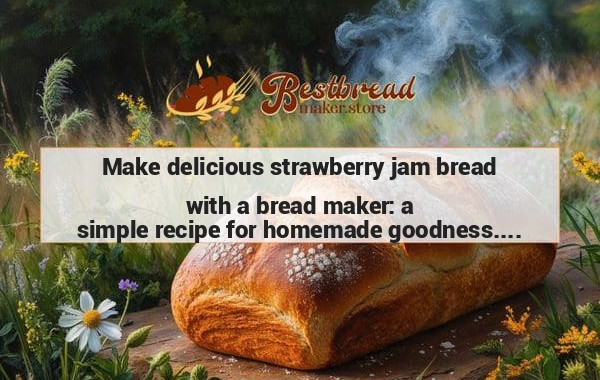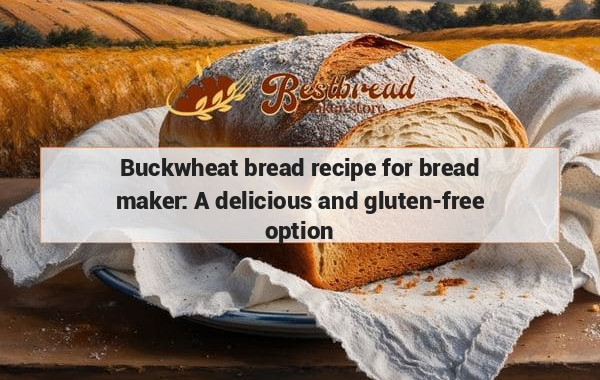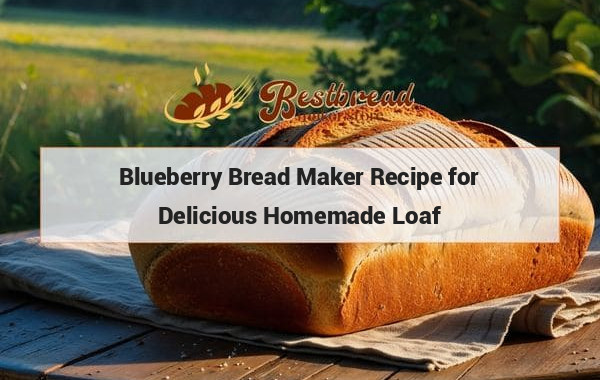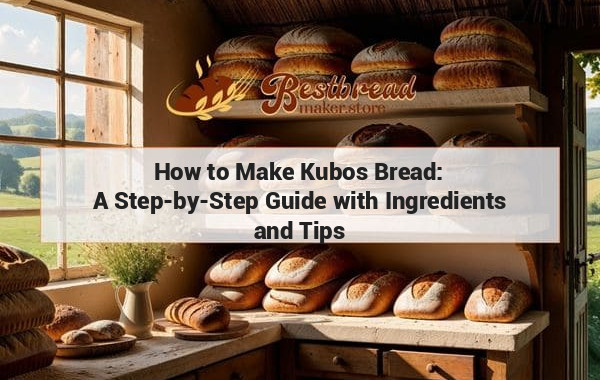How to Make Manna Bread: A Step-by-Step Guide with Ingredients and Instructions
To make manna bread, combine sprouted grains, water, sweetener, and spices in a food processor. Form the dough into loaves and bake at a low temperature for several hours until dry. Enjoy this nutritious and gluten-free bread alternative.
How to Make Manna Bread: A Step-by-Step Guide
Manna bread, often referred to as sprouted grain bread, is a healthy and delicious alternative to traditional bread. It is made from whole grains that are sprouted, which makes it easier to digest and more nutritious. If you're looking for a wholesome bread-making experience that yields a rich, naturally sweet loaf, this guide is for you.
Key Takeaways
Manna bread is made from sprouted whole grains, offering more nutrients and easier digestion compared to traditional bread. By following a simple process of sprouting, blending, and baking, you can create a nutrient-packed loaf right at home.
What is Manna Bread and Why Is It Special?
Manna bread is more than just a bread; it's an ancient recipe steeped in history. Originating from the biblical "manna," which was believed to be a food of divine origin, this bread continues to inspire modern health-conscious bakers. The main difference between manna bread and regular bread is that manna bread uses sprouted grains, not flour. These sprouted grains provide a chewy texture and a sweet, earthy flavor.
Nutritional Benefits of Manna Bread
Manna bread has numerous health benefits, thanks to its base of sprouted grains. Sprouting grains breaks down enzyme inhibitors, allowing for better digestion and nutrient absorption. Some of the key benefits include:
- Rich in fiber: Helps in digestion and maintaining healthy bowel movements.
- High in protein: Provides a good amount of plant-based protein, essential for muscle growth and repair.
- Packed with vitamins: Especially B vitamins, which are crucial for energy production.
- Low glycemic index: A slow-releasing energy source, suitable for those managing blood sugar levels.
How to Make Manna Bread at Home
Making manna bread at home is a rewarding experience, especially because you get to control every ingredient. Let’s walk through the process step by step:
Step 1: Choose Your Grains
The most commonly used grains for manna bread are wheat berries or spelt, but you can experiment with other grains such as barley or rye. You’ll need about 2 cups of grains for one loaf of manna bread.
Step 2: Sprout the Grains
- Rinse the grains thoroughly, then place them in a jar or bowl and cover with water.
- Let them soak overnight, about 12 hours.
- After soaking, drain the water and leave the grains in the jar, covering them loosely with a cloth.
- Rinse and drain them twice a day until you see small sprouts form. This process can take about 2-3 days, depending on the temperature and the type of grain.
Step 3: Blend the Sprouted Grains
Once your grains are sprouted, it’s time to blend them. You’ll need a strong food processor or high-power blender. Simply blend the grains until they form a thick, dough-like paste.
Step 4: Bake the Bread
- Preheat your oven to 225°F (110°C).
- Shape the blended dough into a loaf or place it in a bread pan lined with parchment paper.
- Bake the manna bread for 3-4 hours. Since the grains are sprouted, this bread bakes at a lower temperature than regular bread, which helps retain the nutrients.
Step 5: Cool and Enjoy
Once the bread is done, let it cool completely before slicing. Manna bread has a moist, dense texture, so it’s best enjoyed in thin slices. It can be stored in an airtight container for up to a week or frozen for longer shelf life.
Variations and Add-Ons
While manna bread is delicious on its own, you can experiment with various flavors and ingredients to make it even more special. Here are some ideas:
Add Dried Fruits
Dried fruits like raisins, apricots, or dates add a natural sweetness and chewy texture to the bread.
Nuts and Seeds
Incorporating walnuts, almonds, or sunflower seeds can give your manna bread a crunchy texture and boost its protein content.
Spices
Try adding a teaspoon of cinnamon, nutmeg, or cardamom for a warm, aromatic flavor.
Best Bread Maker for Manna Bread Enthusiasts
While manna bread is traditionally made in an oven, modern bread makers can make the process easier. Some advanced bread makers come with custom settings that allow for baking at lower temperatures—perfect for making sprouted grain bread like manna bread. If you're interested in finding the right bread maker, check out bestbreadmaker.store for in-depth reviews and recommendations on the best bread makers for creating delicious and nutritious loaves at home.
Frequently Asked Questions
1. What grains can I use to make manna bread?
The most common grains for manna bread are wheat berries and spelt. However, you can also use barley, rye, or even quinoa if you want to experiment with different textures and flavors.
2. Is manna bread gluten-free?
No, manna bread is not gluten-free if made with wheat, spelt, or barley. However, you can try using gluten-free grains like buckwheat or quinoa, though the texture will differ.
3. Can I use a regular bread maker to make manna bread?
Manna bread is best made at low temperatures, which most standard bread makers can’t achieve. However, some models with custom settings can bake at lower temperatures, making them suitable for manna bread.
4. How long does it take to sprout the grains for manna bread?
The sprouting process typically takes 2-3 days, depending on the temperature and type of grain. You’ll need to rinse and drain the grains twice a day during this time.
5. How should I store manna bread?
Manna bread is best stored in an airtight container at room temperature for up to a week. You can also freeze it for longer storage; just slice it beforehand for easy thawing.
By following these simple steps, you’ll have a delicious and nutritious loaf of manna bread in no time. Whether you’re a health-conscious individual or just looking to try something new, manna bread is a great choice for adding variety to your baking routine.








